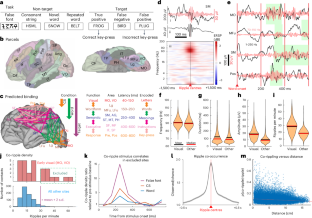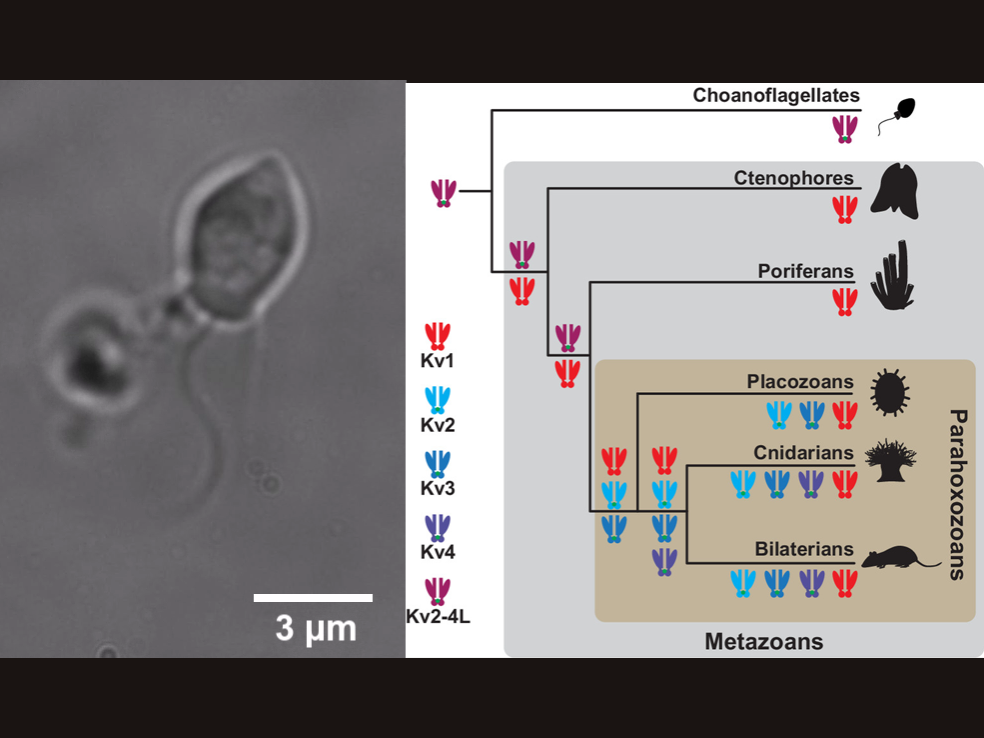2024-08-12 マサチューセッツ大学アマースト校
<関連情報>
- https://www.umass.edu/news/article/umass-amherst-researchers-id-bodys-quality-control-regulator-protein-folding
- https://www.pnas.org/doi/10.1073/pnas.2315009121
小胞体におけるフォールディングのゲートキーパーであるUGGTと、そのパートナーであるセレノタンパク質SEP15の相互作用を解明 Insights into the interaction between UGGT, the gatekeeper of folding in the ER, and its partner, the selenoprotein SEP15
Robert V. Williams, Kevin P. Guay, Owen A. Hurlbut Lesk, +2, and Lila M. Gierasch
Proceedings of the National Academy of Sciences Published:August 12, 2024
DOI:https://doi.org/10.1073/pnas.2315009121

Significance
One-third of the human proteome matures within the endoplasmic reticulum (ER) where these proteins are modified with N-linked glycans. These carbohydrate modifications play an important role in the folding pathway of secretory proteins, and a key player in surveillance of their folding is the enzyme UDP-glucose: glycoprotein glucosyltransferase (UGGT). UGGT forms a complex with a redox-active cochaperone, the 15 kDa selenoprotein (SEP15). We use the machine learning program AlphaFold2 to predict the structure of the UGGT1/SEP15 complex and validate the prediction. The results provide insight into the potential functions of this complex and the mechanism whereby they oversee ER protein folding.
Abstract
The enzyme UDP-glucose: glycoprotein glucosyltransferase (UGGT) is the gatekeeper of protein folding within the endoplasmic reticulum (ER). One-third of the human proteome traverses the ER where folding and maturation are facilitated by a complex protein homeostasis network. Both glycan modifications and disulfide bonds are of key importance in the maturation of these ER proteins. The actions of UGGT are intimately linked to the glycan code for folding and maturation of secretory proteins in the ER. UGGT selectively glucosylates the N-linked glycan of misfolded proteins so that they can reenter the lectin-folding chaperone cycle and be retained within the ER for further attempts at folding. An intriguing aspect of UGGT function is its interaction with its poorly understood cochaperone, the 15 kDa selenoprotein known as SELENOF or SEP15. This small protein contains a rare selenocysteine residue proposed to act as an oxidoreductase toward UGGT substrates. AlphaFold2 predictions of the UGGT1/SEP15 complex provide insight into this complex at a structural level. The predicted UGGT1/SEP15 interaction interface was validated by mutagenesis and coimmunoprecipitation experiments. These results serve as a springboard for models of the integrated action of UGGT1 and SEP15.


